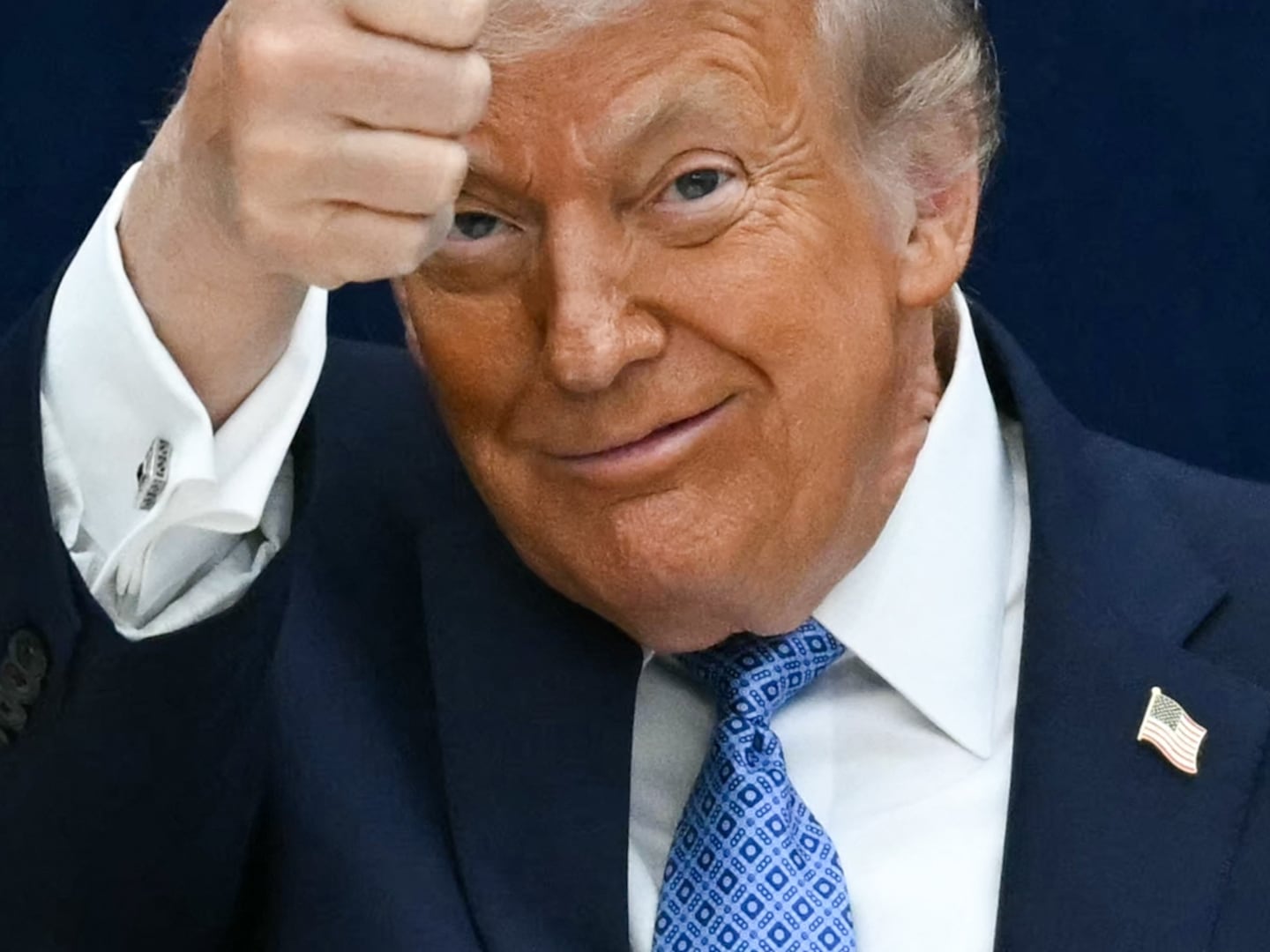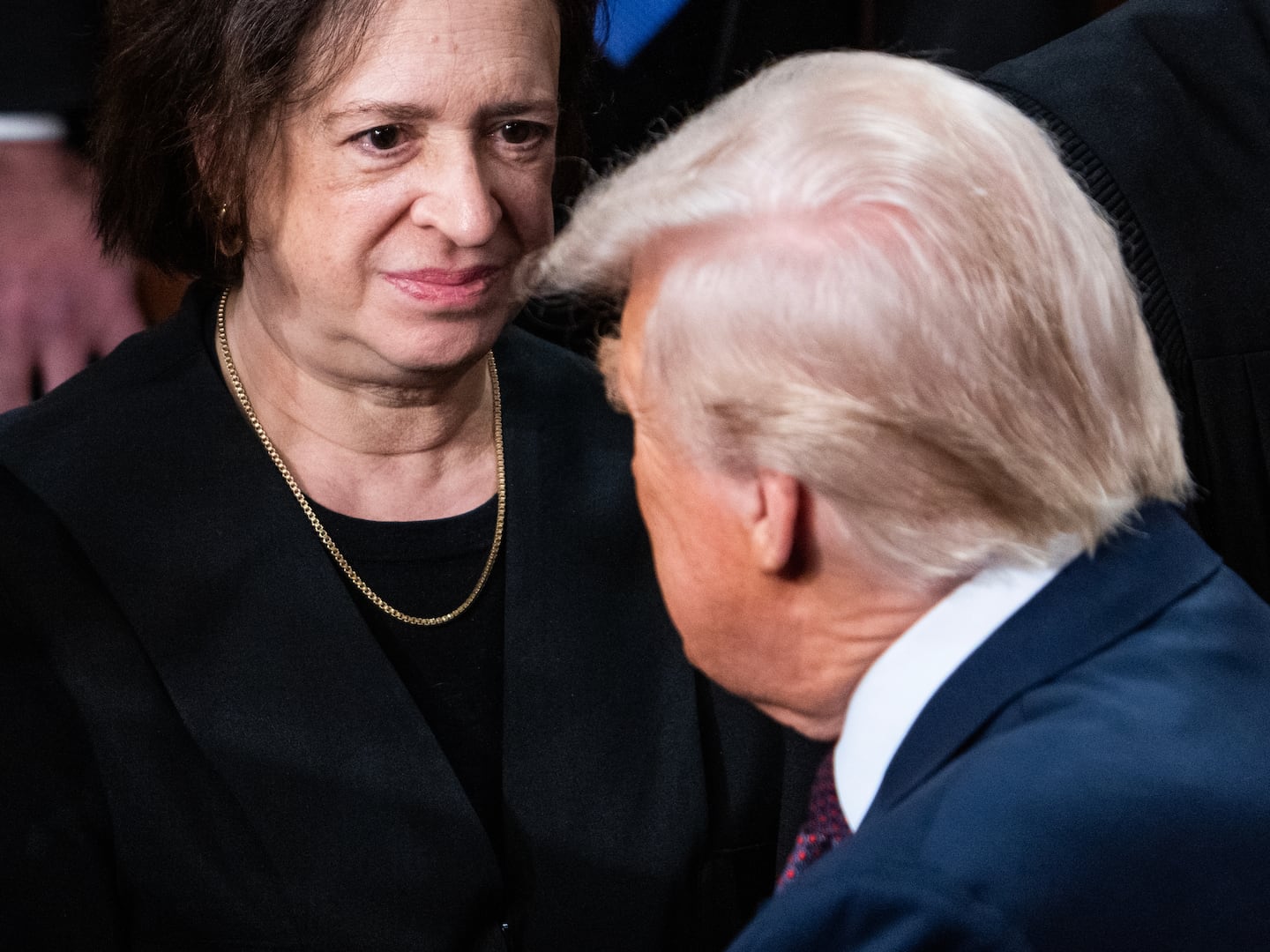America is in terminal decline. The globe’s economic dynamism resides in Asia and India, and other emerging markets. Mumbai, Dubai, or Bye-Bye. The U.S. has long since stopped projecting hard power around the world. We’re powerless to act against depots in Syria and kidnappers in Nigeria. And now our soft power is declining, too. WE don’t make anything the world wants. The world doesn’t particularly like what we do. We came in second at the 2014 Winter Olympics.

But the declinists struggle to answer this question: If we suck so bad, how come American brands are so valuable and dominant?
The marketing and research firm Millward Brown this week released its annual ranking of the 100 most valuable brands in the world. The brand values are based on quantitative measures (how much the company makes), and qualitative measures (information gleaned from surveys of 2 million consumers around the world on how they feel about brands).
And the results are somewhat surprising. The five most valuable brands in the world are all American—Google, Apple, IBM, Microsoft, and McDonald’s. So are the top 10. And the top 13. And 19 out of the top 25. And 46 out of the top 100.
Given that the U.S. is about 25 percent (and falling) of the global economy, that’s rather impressive, no?
“I don’t think it is surprising at all,” said Oscar Yuan, vice president at Millward Brown Optimor. “I think America has one of the most advanced, most forward-thinking marketing organizations in the world.” America invented marketing and advertising, and the concept of brands. Many of the companies in the top 100 have been investing in and meticulously tending to their brands for decades. And brands can resonate. To Yuan, the most surprising top brand is Marlboro, which checks in at No. 9. “This is a brand that hasn’t been able to do any marketing in the past 15 to 20 years,” due to restrictions on tobacco advertising, he notes. But thanks to work done in the 1960s and 1970s, “it is still seen as a representation of American Western ruggedness.”
In addition, the American brands that step out on the world stage have built-in advantages over companies that emerge from less-Darwinian local economies. “We have one of the most competitive markets in the world,” said Yuan. “So for a brand to succeed in the U.S. and move abroad is actually very commonplace.”
In a world of rising consumer spending, in which tens of millions of consumers each year rise above subsistence levels, brands become more meaningful. It’s a license to sell to the new audiences rising in India, Africa, and Asia. “The value of brands is growing faster than economic growth at 2, 3, or 4 percent,” as Yuan notes.
Time and again over the decades, American companies have shown an ability to tap into the growing global network of consumers and forge entirely new markets. Consider that the brand dubbed most valuable—Google ——didn’t exist 15 years ago. Or that Apple—knocked down from No. 1 to 2 this year—was a near-nonentity at the turn of the century.
One of the big shifts that Yuan notes is the rise and dominance of technology. “Those of us my age tend to think that technology is something that facilitates commerce and makes our lives easier,” he said. But younger consumers are increasingly saying that technology is central to their lives. Which explains why the four most-valuable brands are all technology companies. Facebook, which didn’t exist 10 years ago, vaulted from 31st last year to 21st this year. All three new entrants to 2014 Top 100 were all U.S-based, as well— LinkedIn (78), PayPal (97) and Bank of America (94).
It’s no surprise that the first brands to interrupt American dominance are Chinese companies—Internet retailer Tencent at No. 14, China Mobile at 15, and bank ICBC at 17. But the rise of these firms is predicated almost entirely on success in their home markets. Companies like ICBC and China Mobile don’t really have any meaning to global consumers, and they face limited competition in their massive home market.
In the long run, brands’ ultimate value lies in their ability to appeal to consumers outside their home market. Giants like McDonald’s, Coca-Cola, and Microsoft derive anywhere from 70 to 80 percent of total revenue from outside the U.S. And that’s the true marker of the power of a brand—and of a country’s economy. Can you make it in a wide-open market in which consumers have loads of options?
And, yes, America still can.






